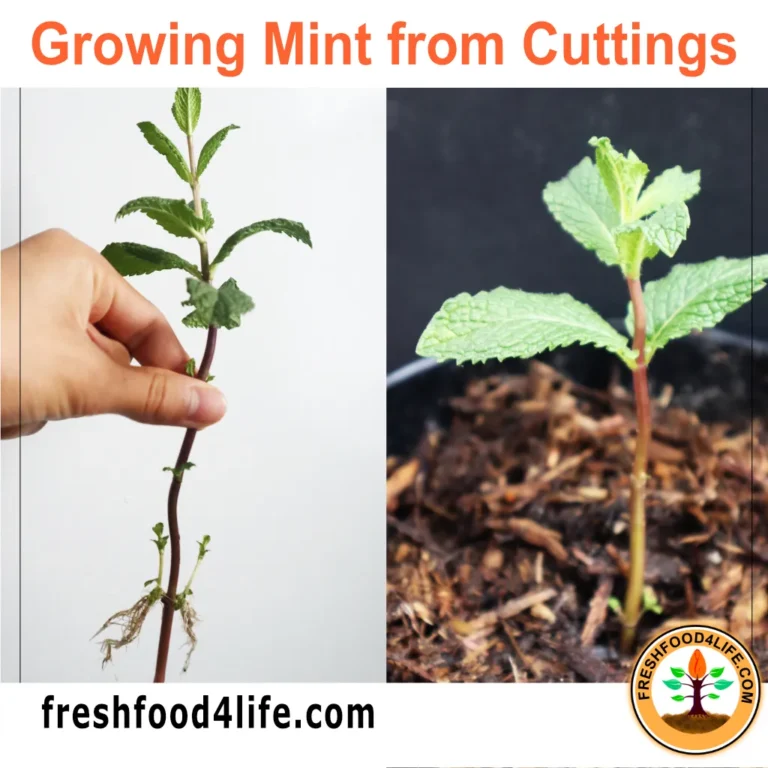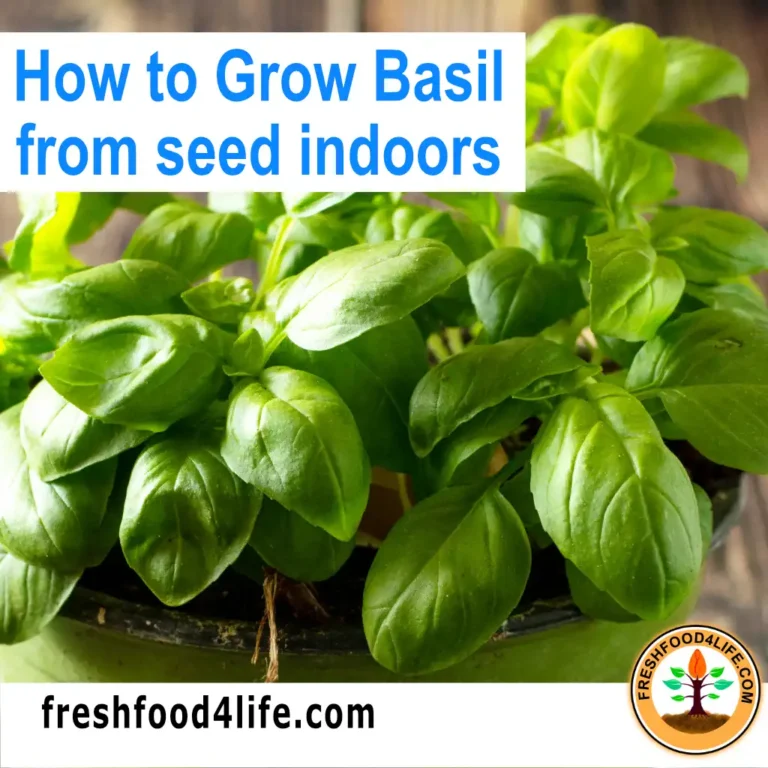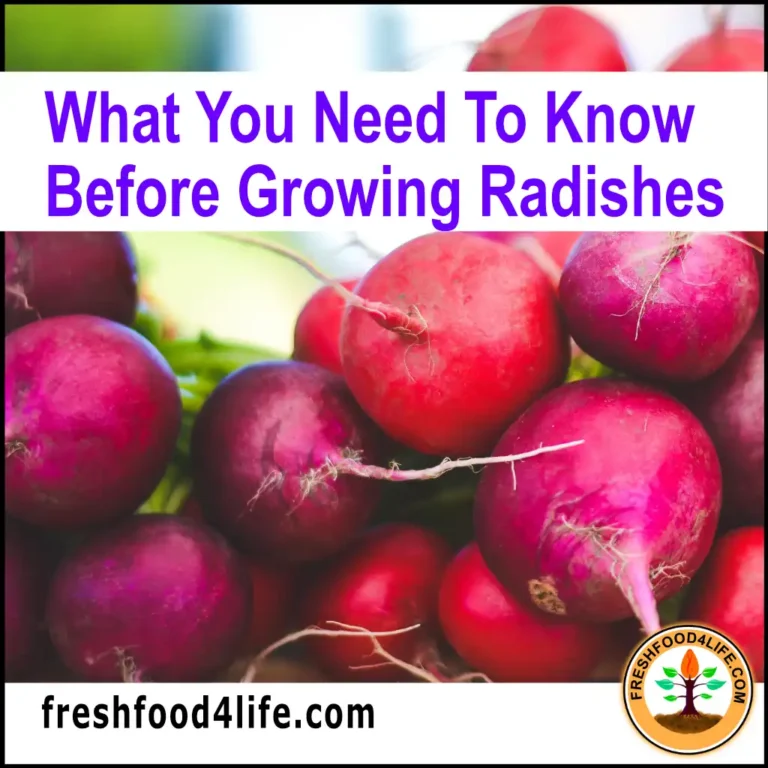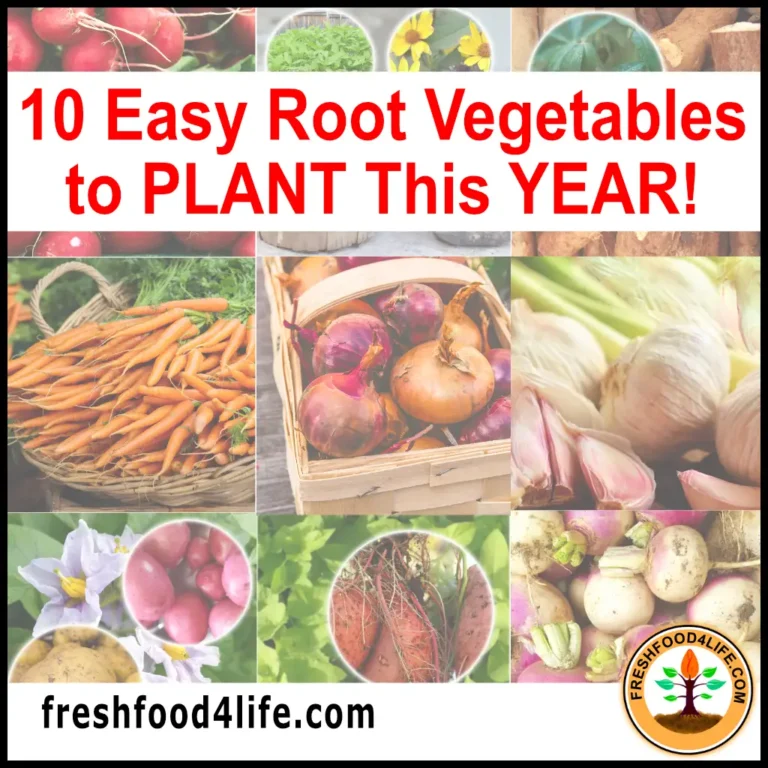Published: October 25, 2024 Last Updated: December 1, 2024

Garlicgarlic Garlic: An onion-like plant (Allium sativum) of southern Europe having a bulb that breaks up into separable cloves with a strong distinctive odor and flavor. Used as a seasoning in a variety of dishes around with world. is one of the most used food ingredients in the kitchen. Knowing how essential garlic is to every home kitchen, if you can learn when to plant garlic, you could save yourself a lot of money at the grocery. In this article, we will keep it simple and tell you about the best time to grow garlic. Let’s begin.
Table of Contents
When to Plant Garlic
Garlic is a root vegetable though garlic is typically referred to as a herb or seasoning, because of its widespread use in the kitchen. Thus when we are planting garlic, our thought would be on how to get the best possible root from this plant. The root is a bulb which splits into different cloves.
When to plant garlic will be determined by the zone you are living in. For example, in zone 3 where we plant our garlic, we typically plant our garlic in late September after the Fall frost has come and gone. We typically want to give the garlic bulb two to three weeks in the soil to put down good roots before the winter snow falls and covers it. Then when the winter snow falls and the temperature drops the plant can go into hibernation for the season. For most people the best time would be between later September to early November. If you live in a zone with a milder winter climate then plant about 2 to 4 weeks before the winter snowfall comes in. In zone 8 to 11, plant just prior to your coldest season.
It is absolutely essential for garlic to have to cold winter. The root bulb may not split into cloves if you don’t plant it before winter. We actually tested planting garlic in early spring one year to avoid the winter. The garlic turned out as one big bulb with no cloves. So if you attempt to plant garlic in the early spring, you won’t get garlic cloves like you would get for a fall planting.
How to Plant Garlic
Caleb’s video above tells you our process for planting garlic and gives you a secret tip. Below I’ll give you an overview of the process below. Know how to plant garlic is just as important as knowing when to plant garlic.
1. Select Garlic Varieties
The first step is you have to select the best variety for your zone. For warner climates a softneck variety of garlic is recommended. They have the added benefit of longer shelf life after harvesting. If you’re in a colder climate then a hardneck variety is the one to select. It produces flower stalks called scapes which can also be harvested and used in recipes. Make sure you get enough garlic to fill your growing space.
2. Prepare the Soil
Soil preparation is the next stage in your journey. Garlic likes loamy, well-drained soil with a neutral or slightly acidic ph. Before planting you can work in sand or other materials which help in proper drainage. Remove any plant matter like weeds, sticks, twigs, rocks, or anything that might hinder the expansion of the garlic bulbs in the soil. If you plan to grow your garlic in a raised bedRaised Garden Bed Raised Garden Bed: a freestanding, elevated planting area constructed above ground level. It can be made of wooden walls, faux wood, plastic, concrete, or metal walls. It can be used to grow plants such as vegetables, fruits, flowers, and herbs. The height of a raised bed can typically be from as low as 6 inches above the ground level to 48 inches above the ground. The taller raised garden beds might be referred to as a deep raised bed., build it now before you begin planting.
3. Planting Process
Break your prepared bulbs into cloves and make sure you leave the papery skin on each clove. Plant each garlic 2-3 inches deep and 4 to 6 inches apart. Cover the planted cloves with a thin layer of soil and a good layer of compost, leaves, and grass clippings, or straw. This is to help give the garlic some protection over the winter months.
4. Care After Planting
After winter, you begin to checking up on your garlic plants regularly. Make sure there is enough water but the soil is not soggy. Add extra fertilizer or manure during the spring to help boost the growth. Keep the garlic bed free of weeds to keep competitors for precious soil nutrients out.
5. Harvesting Garlic
Your garlic should be in the ground 8 to 9 months. Knowing when the harvest is just as important as knowing when to plant garlic. You should have recorded on a calendar or gardenhome garden A designated area around a residential property where individuals cultivate plants, fruits, vegetables, or ornamental plants for personal use. It comprises a farming system that combines physical, social, and economic functions on the area of land around a family home, providing a sustainable source of food and other benefits for the household, extended family, and friends. journal when you planted your garlic. So check your planting date and then calculate your estimated harvest date. You can also look at the plant itself. When the see the bottom 2 sets of leaves begin to dry up and lose their vibrant green colour, the plant is ready to harvest. At this time the bulbs are easy to bruise and this bruise can increase the risk of disease setting in at a later date. So be careful and use your garden fork to go underneath the garlic and lift out the garlic gentle. gently remove the soil on the bulb and set aside for next step.
6. Curing and Storing Garlic
The next step is curing and storing your garlic. If you don’t do it correctly, you’ll risk spoilage which no one wants. When you harvest all your garlic plants, you can tie up the plants in bundles of 5 to 7 plants and hang them up in a well ventilated area for about 2 to 4 weeks. This is to allow the root to dry out and cure so that you’ll be able to store them over winter. After they have cured, cut the stems and trim to the regular size of a garlic bulb. Store them in a cool dry place and use as needed.
Bonus Tips
Here are a couple bonus tips for you for being such a good supporter. First, don’t use conventional garlic from the grocery store as they are most likely sprayed with growth inhibitors. If you want to take a chance, an organic supermarket might have garlic which can be replanted. Otherwise look for a good seed garlic supplier to get some starter cloves for your garden.




